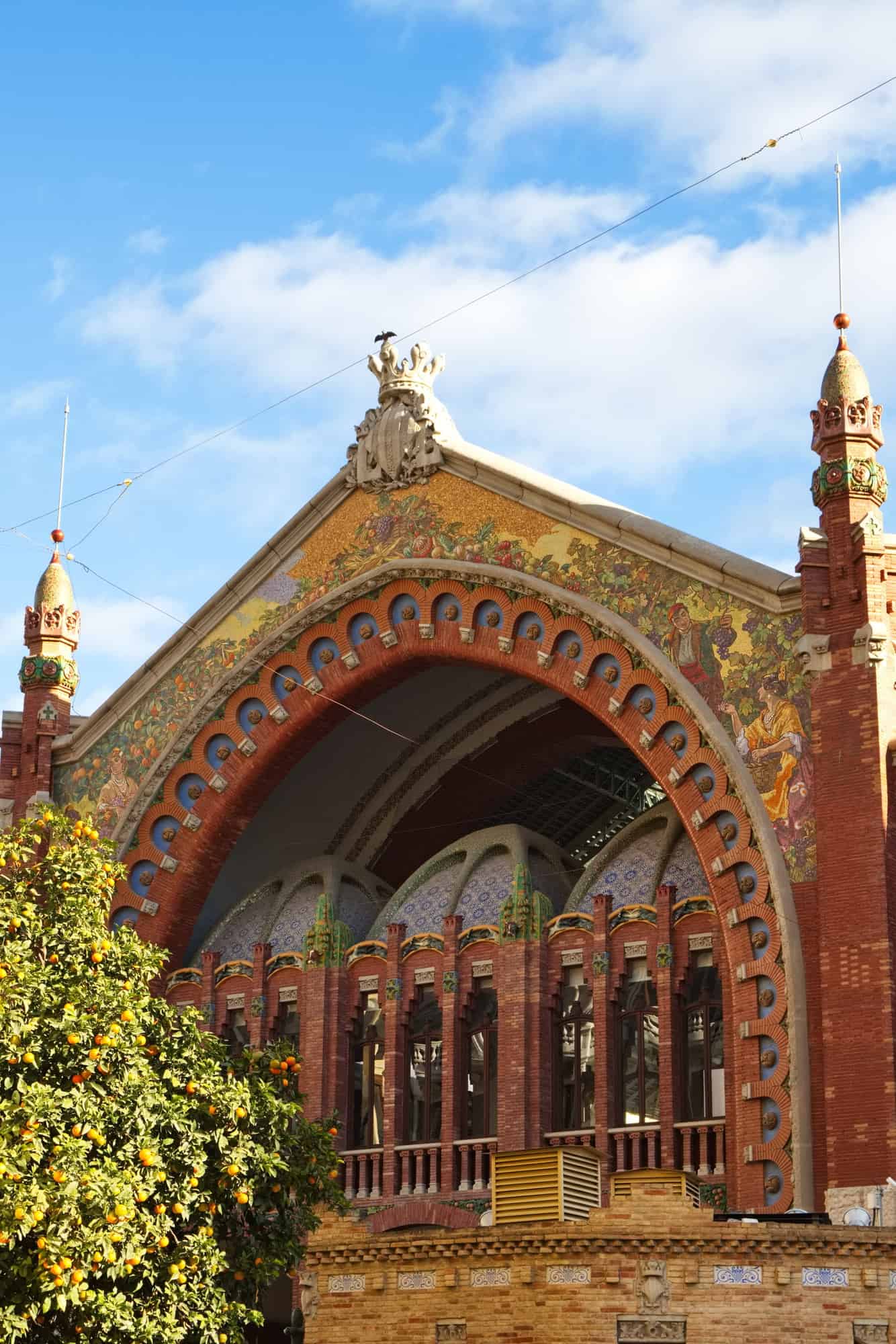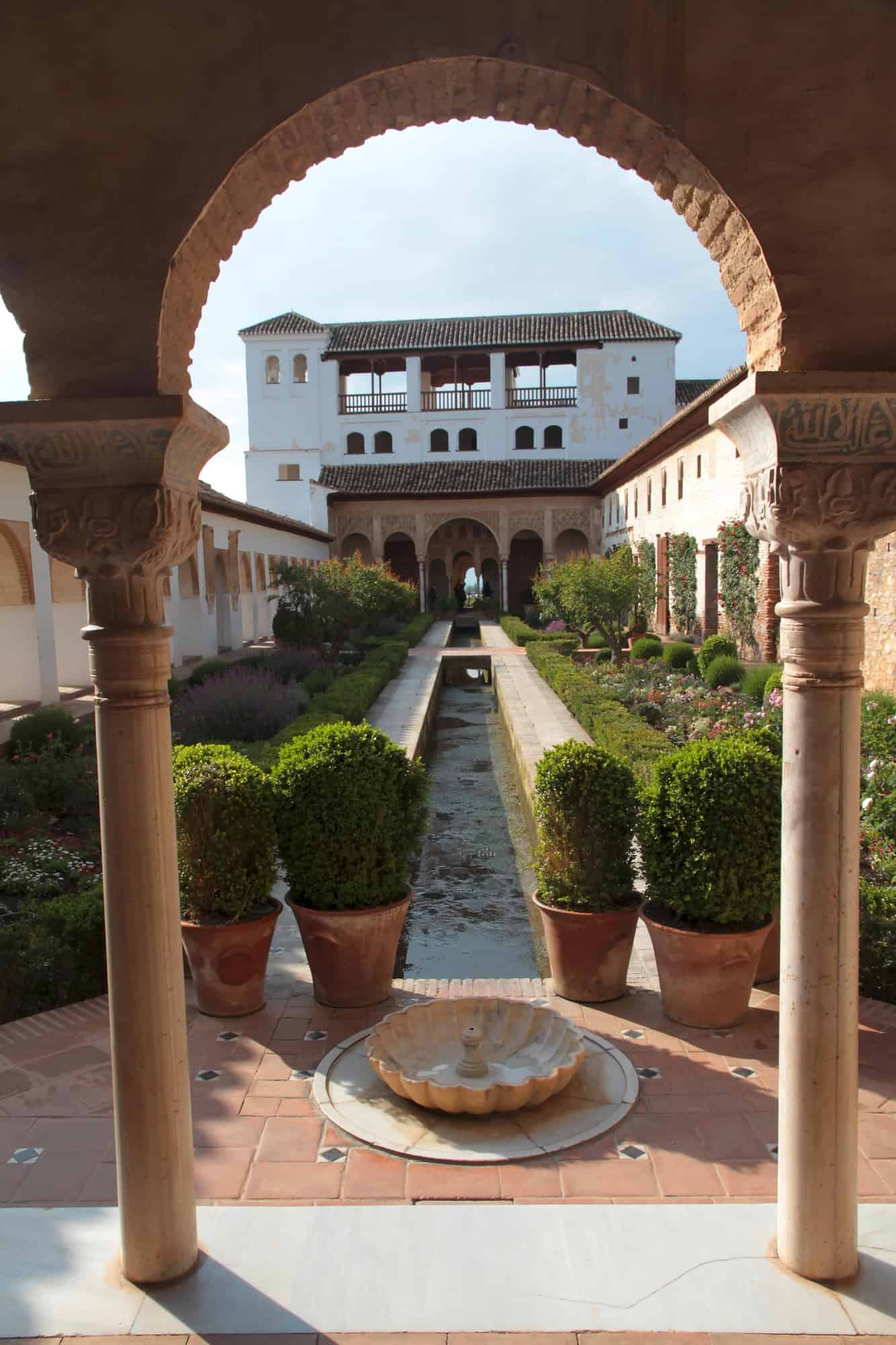Spain in March: Explore Cities, Culture, and Festivals
Spain in March is a great option if you’re seeking a fantastic break but don’t want to pay peak season prices. March also provides some nice weather as the cold temperatures start to retreat, making the beaches a viable option.
Spain in spring offers mild temperatures, more budget-friendly options, and some great fun. The season has some wonderful parties, and with fewer crowds, you’ll have the opportunity to explore the country’s hidden gems.


Hi, we’re Timon & Filipa!
We travel across Spain and update TravelSpain24 with fresh content, practical tips, and personal stories from the road. Our goal is to help you experience Spain beyond the typical tourist trails.
March Weather in Spain
March marks the start of spring in Spain, so while the weather may still be a little on the chilly side, you can expect pleasant and sunny days. However, the weather you can expect will depend on where you plan on staying.
The weather in Northern Spain is dramatically different compared to the south. In the southern areas of Spain, including Andalucia, March offers warm days and pleasant evenings, making them ideal for exploration during the day and taking advantage of the restaurant terraces and open-air bars at night. While you may need to pack a sweater or light jacket, you should be able to fully enjoy your break without giving much thought to the weather.
In the northern areas, Spain’s climate gets a little more unpredictable. Although there are still warm days and cooler evenings, March does tend to bring showers. Areas such as Asturias can be prone to unexpected showers, where the weather can switch from bright and sunny to rainy in a matter of minutes. For this reason, it is a good idea to have an umbrella or a rain jacket in your bag for a quick deployment if you feel a few spots of rain.
Temperature-wise, Spain tends to vary from 50ºF (10ºC) to the high 60ºF (16ºC) range in the southern areas to mid 40ºF (4ºC) in Madrid and other cities on the desert plateau. In the northern areas, temperatures in March tend to remain in the mid 50ºF range, but the thermometer may reach 60ºF late in the month.
Top Spanish Cities to Visit in March
Many cities in Spain are prone to stifling temperatures in the summer months, and this, together with large crowds of tourists, may discourage you from taking a Spanish city break. However, you can expect more tolerable temperatures and fewer fellow tourists in March, making a city break an appealing vacation prospect.
Spain has numerous large cities that attract tourists, offering insight into Spanish culture, cuisine, and history. You can find something of interest in practically any Spanish city, but some especially fascinating cities are ripe for exploration in March.
Madrid in March
Madrid is the capital city of Spain, home to about three million residents. It also welcomes around four million visitors annually, turning it into a bustling and vibrant city, especially in the peak season.
Visiting Madrid in March offers a different experience. With milder weather and fewer crowds, it becomes an ideal time for a visit. Even though it’s off-peak season, there’s still much to see and do in March.
In March, you can discover the Festival International de Arte Sacro. This festival is where artists specializing in sacred music showcase their talents. There are almost 60 performances annually at various venues across the city, including the Basilica Pontificia de San Miguel.
Nature lovers will appreciate the blossoms of almond and cherry trees, adding a splash of color and beauty to the city’s parks and streets. This natural spectacle provides a serene contrast to the urban landscape.
For those seeking cultural experiences, March is an excellent time to catch some of the best flamenco shows in Madrid. The passionate dance and music of flamenco are deeply rooted in Spanish culture, and seeing a live performance is an unforgettable experience.
Barcelona in March
In March, Barcelona starts to wake from its winter slumber, and there are a whole host of outdoor activities to enjoy. You can get a welcome tour of the city in a private tuk-tuk to get a lay of the land before planning your visit in full. With the mild weather, you can explore the city and immerse yourself in the city’s culture.
Depending on how many days in Barcelona you have planned, you could see the Sant Medir celebrations. This occurs in the Gracia neighborhood on March 3 or 4, and horse-drawn parade floats are winding their way around the streets. You can also catch sweets as they are thrown to the crowds.
If you enjoy rallying, there is an annual rally in Barcelona in mid-March. This rally has been taking place for over 65 years, and vintage cars race along the coastal roads. There is live music, beer, and wine tastings, and much more along the rally route.
Seville in March


Seville can be stiflingly hot and uncomfortable in summer, so March is considered one of the best times to visit Seville. The warm temperatures bring the streets to life in March with vibrant activities. While it isn’t typically warm enough to sunbathe by the pool, mid-40s to low-70s (7ºC to 20ºC) temperatures are ideal for walking around the city all day.
March is Seville’s wettest month of the year, but typically, there are only 10 days of rain during the month. This means that you can make the most of the outdoor activities. For example, you can walk the cobbled streets of Barrio Santa Cruz. This is one of the oldest neighborhoods in the city, and it is considered one of the prettiest parts of Seville. You can discover the whitewashed buildings and even stop off at the street of kisses (Calle de los besos.)
Valencia in March
Valencia is a beautiful city that receives approximately two million tourists each year. This means the streets of Valencia’s Old Town can become extremely packed during the peak summer. Fortunately, in March, the crowds are considerably thin, so you can take your time to explore everything the city offers.
From spending the day exploring the museums, cathedral, and Plaza de Toros to enjoying an evening drink at one of the fantastic Valencia rooftop bars, you can pack your itinerary with exciting things to see and do.
Granada in March
Granada is not on the list of the three largest cities in Andalucia, but it still has much to offer. Nestled below the Sierra Nevada, the city has its own distinct charm. There are cobbled streets and quaint cafes to warm up with churros and chocolate if the day feels a little cool.
One reason to visit Granada is if you want to combine a city break with some winter sports. The Sierra Nevada is one of the Spanish mountain range options for skiing, snowboarding, and more. In March, you should still find plenty of powder to enjoy. So, you can go from skiing in the morning to a vibrant city in the afternoon.
March Activities in Spain
Given the milder weather, March in Spain is the ideal time to tackle those activities you wouldn’t consider in the sweltering heat of summer. From taking an exciting city break to exploring the countryside of Spain, there is plenty to see and do.
There are plenty of tours that you can take to get a greater insight into the unique culture of your destination city. We’ve already discussed some of the top cities to visit in March, but you can also try smaller cities and coastal areas to make the most of fewer tourists.
If you prefer to get out into nature, consider taking in the almond blossoms that bloom at this time of the year. The Jalon Valley offers a beautiful experience of amazing colors. Some excursions track through the woods and vineyards with stops to sample wine and food.
You can also wander the local markets, a feature of most Spanish towns and cities that showcase seasonal produce and local crafts.
Must-Attend Events in March
Spain has a relatively full calendar of events throughout the year, and March is no exception. In fact, March has several must-attend events that you may want to incorporate into your itinerary.
These events can be a fantastic way to immerse yourself in Spanish culture, participate in fun activities, or even try some dishes that are only available at certain times of the year. Of course, the events vary according to where you will be in the country, but some of the highlights include:
Las Fallas in Valencia

Las Fallas is one of the highlights of the Festivals in Valencia calendar. It runs from March 1 to March 19 and impacts the entire city. These festivities take over the entire city, combining art, tradition, and satire that is a must-see for anyone.
The origins of Las Fallas date back to an old carpenter’s tradition where the arrival of spring was celebrated by burning pieces of wood that were used to prop up lights in winter. This bonfire also had old belongings and rags, which gave the wooden structure a human-like appearance.
Semana Santa Preparations

Semana Santa, or Holy Week, is Spain’s Easter celebration. While Easter is often in April, some years, it lands in late March. Since Spain is a Catholic country, Easter is an important event each year.
Cities begin gearing up for Holy Week with a variety of cultural and religious events. This can include parades, music concerts, and more. Most towns and cities have a procession where a crucifix is carried through the streets on Good Friday, with participants wearing somber costumes. However, Easter Sunday has a more celebratory tone with bells ringing, processions, and music.
Enjoy some traditionally associated dishes with this celebration. This includes Mona de Pascua, a sponge cake topped with egg decorations, and Flores fritas, a cookie molded by hand in the shape of a flower that has a crunchy texture.
Easter Week has several bank holidays. Typically, businesses are closed on Thursday, Friday, and Sunday of Easter Week.
Andalusian Fairs and Spring Markets

Spring is the start of the fair season in Andalucia. Most towns and cities have a Feria with fairground rides, concerts, and other activities. If you’re wondering whether Seville is worth visiting, the Seville Fair may influence you.
The Seville Fair occurs after Easter, so it can occur in late March or mid-April. This is a whole week of drinking, eating, dancing, and socializing. Horseback and carriage rides, bullfights, and music are in the small hours.
There are also some fantastic spring markets in Andalucia, where fresh, seasonal produce is showcased along with local specialties. For example, the Alcaiceria market in Granada is packed with spices, Arabic silks, and craftwork that would make an excellent souvenir for your visit.
Spring Food Festivals

Many of Spain’s dishes are based around seasonal produce, and there are a number of delicious fruits and vegetables in season in March. From kiwi, pineapple, and strawberries to artichokes and green asparagus, you’ll see these items in dishes at local restaurants across Spain.
Many towns and cities across Spain also highlight these delicious dishes in spring food festivals. For example, in Catalonia, the locals have calçotadas to celebrate the calçot. This vegetable is a cross between a leek and a spring onion, and it is only in season from January to March. During this time, calçots are grilled and dipped in sauce, while there are eating competitions, parades, traditional music, and fares, particularly in towns such as Valls near Tarragona.
There is also the Artichoke Festival in Benicarló, Valencia. This festival is usually held in early Marchand. There are cooking competitions, food markets, and gastronomy demonstrations.
Travel Tips for March
While March can be a great time to visit Spain, some travel tips can help you to experience Spain like a local and avoid tourist traps. These include:
- Consider Your Transport: Some of the best airlines to fly to Spain offer deals on car rental, but this may not be necessary. While Spain is a large country, its public transport system is solid, particularly if you’re planning a city break. Many of Spain’s major cities have comprehensive public transportation systems, which negate the need for a rental car. Public transport can also be a good way to see different parts of Spain without worrying about navigating routes as you drive.
- Think Layers: Spain tends to have mild weather in March, so you’ll need to think about packing layers. Long-sleeved shirts, light jackets, sweaters, etc., can be beneficial when you’re out early in the morning and into the evening, when you may appreciate that additional layer of clothing. However, during the day, when the temperatures warm up, you can easily shed a layer of clothing to remain comfortable.
- Eat Like the Locals: While many Spanish dishes are available throughout the year, eating seasonally is a great way to enjoy local cuisine and save money. Look for seasonal dishes and produce on the menus at local restaurants and cafes.
- Consider Your Accommodation Options: While you may only look at a certain type of accommodation during summer vacations, March is off-peak season. So, you can either get cheaper accommodation deals or enjoy an upgrade. Many hotels offer reasonable deals in March that may be out of your budget in the summer months.
























